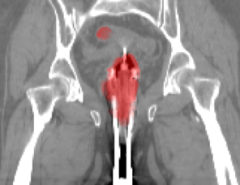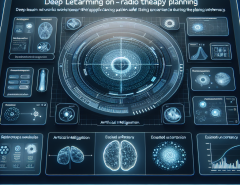Authors: Maciej Besta, Nils Blach, Ales Kubicek, Robert Gerstenberger, Michal Podstawski, Lukas Gianinazzi, Joanna Gajda, Tomasz Lehmann, Hubert Niewiadomski, Piotr Nyczyk, Torsten Hoefler
Published on: August 18, 2023
Impact Score: 8.22
Arxiv code: Arxiv:2308.09687
Summary
- What is new: Introduces Graph of Thoughts (GoT), a new framework for enhancing prompting capabilities in large language models (LLMs) beyond the current Chain-of-Thought and Tree of Thoughts paradigms.
- Why this is important: Existing prompting methods in LLMs are limited in how they can manage and leverage the relationships between different units of information.
- What the research proposes: GoT models the information generated by LLMs as an arbitrary graph, allowing for more sophisticated handling and combination of thoughts.
- Results: Demonstrated a 62% improvement in sorting task quality and a 31% reduction in costs compared to the Tree of Thoughts approach.
Technical Details
Technological frameworks used: Graph of Thoughts (GoT)
Models used: Large Language Models (LLMs)
Data used: nan
Potential Impact
This work could disrupt markets that rely on sophisticated data analysis and decision-making processes, including tech companies specializing in AI and machine learning, as well as industries leveraging these technologies for innovation.
Want to implement this idea in a business?
We have generated a startup concept here: MindGraph.


Leave a Reply